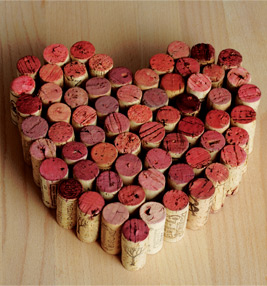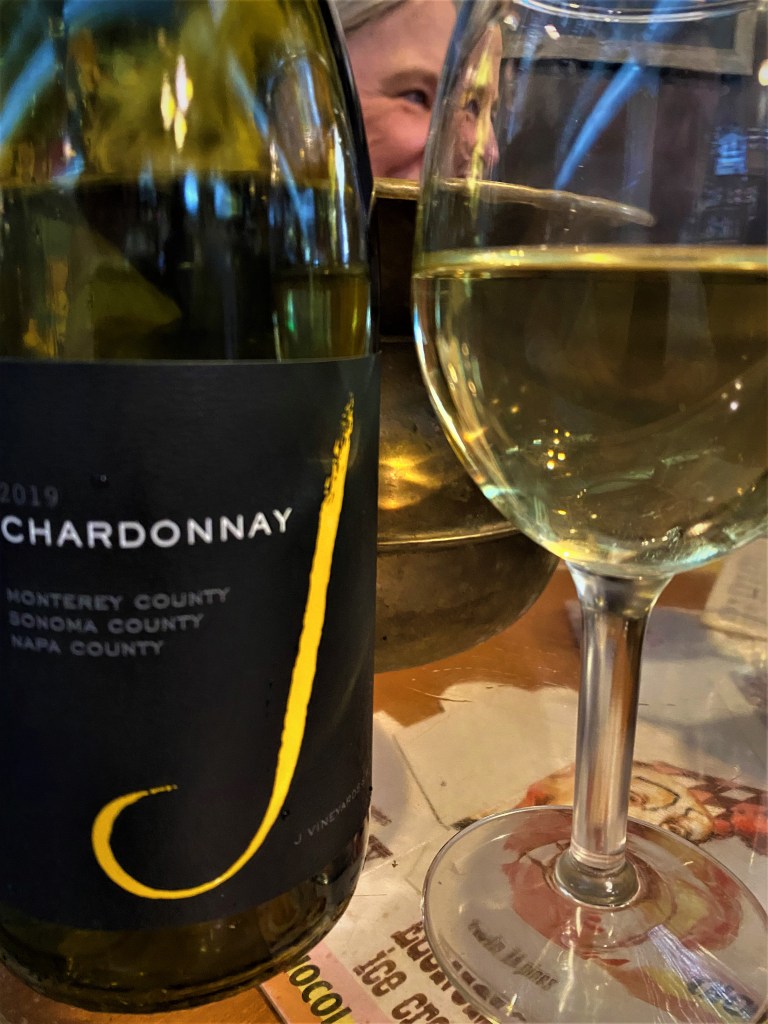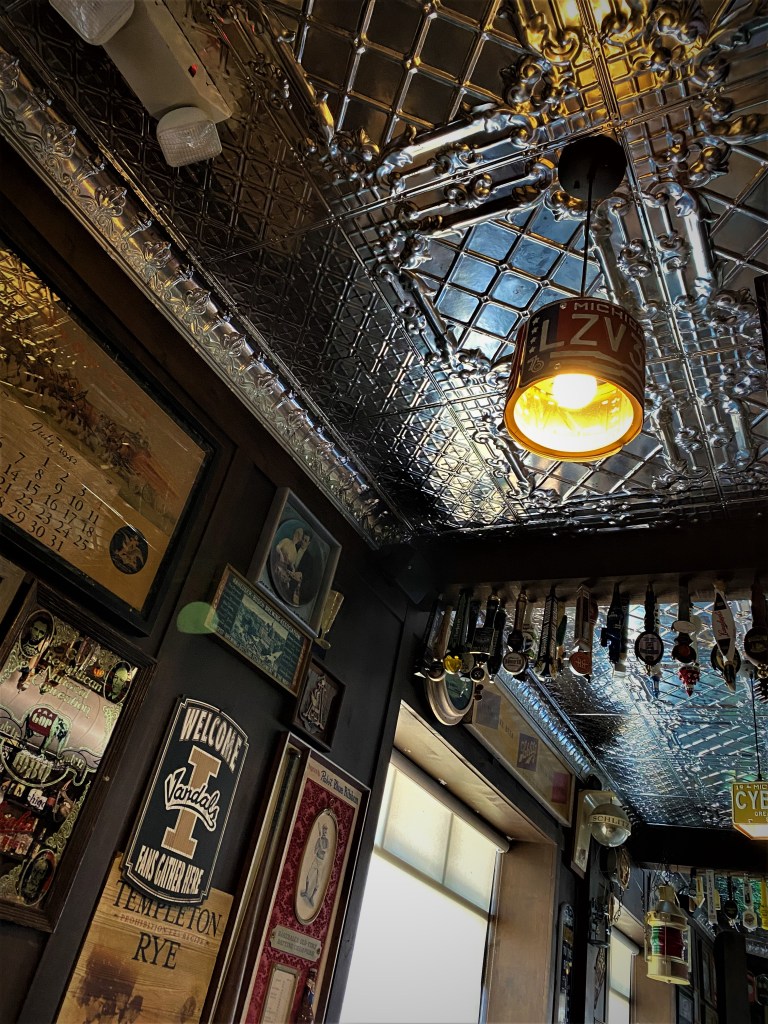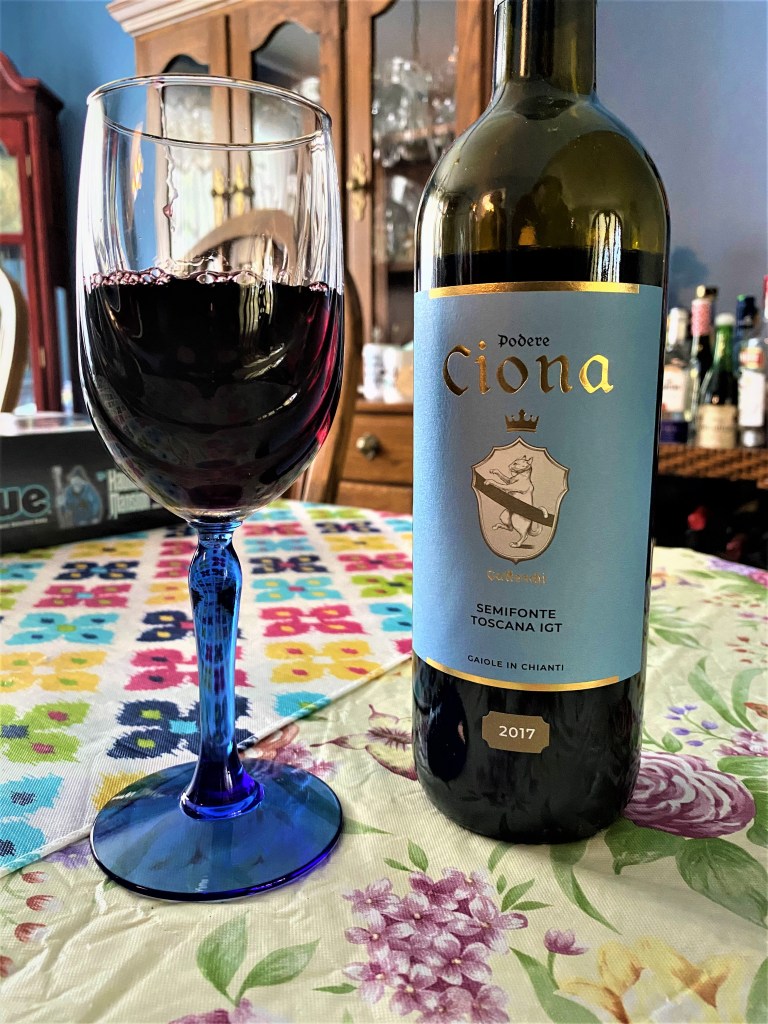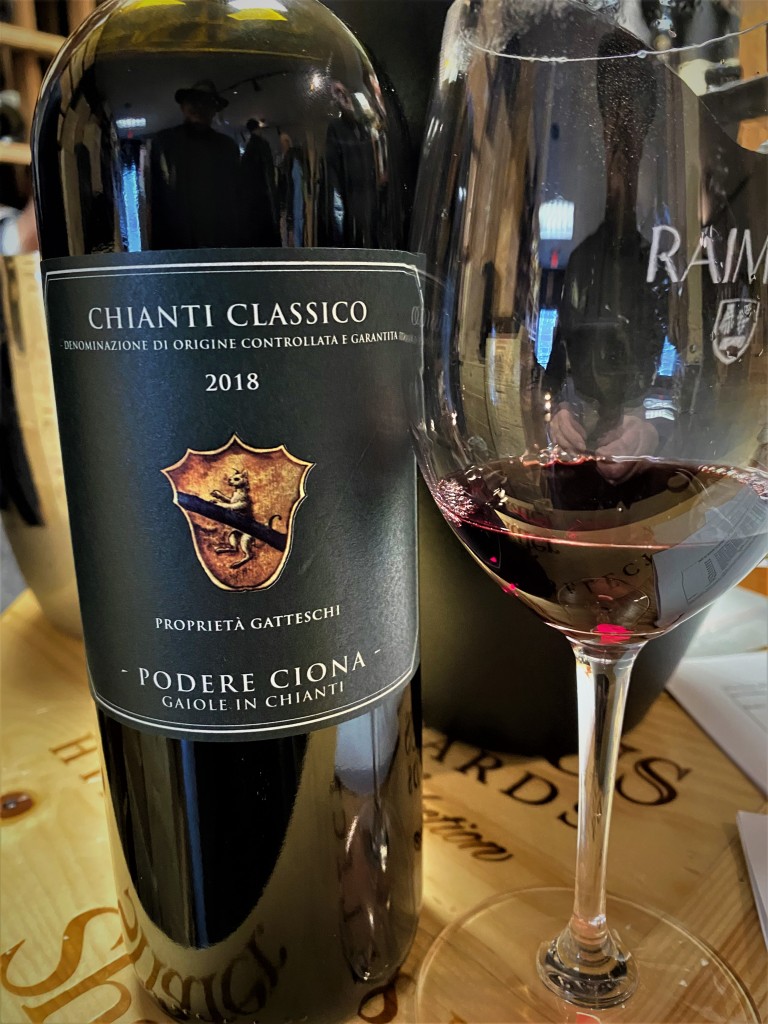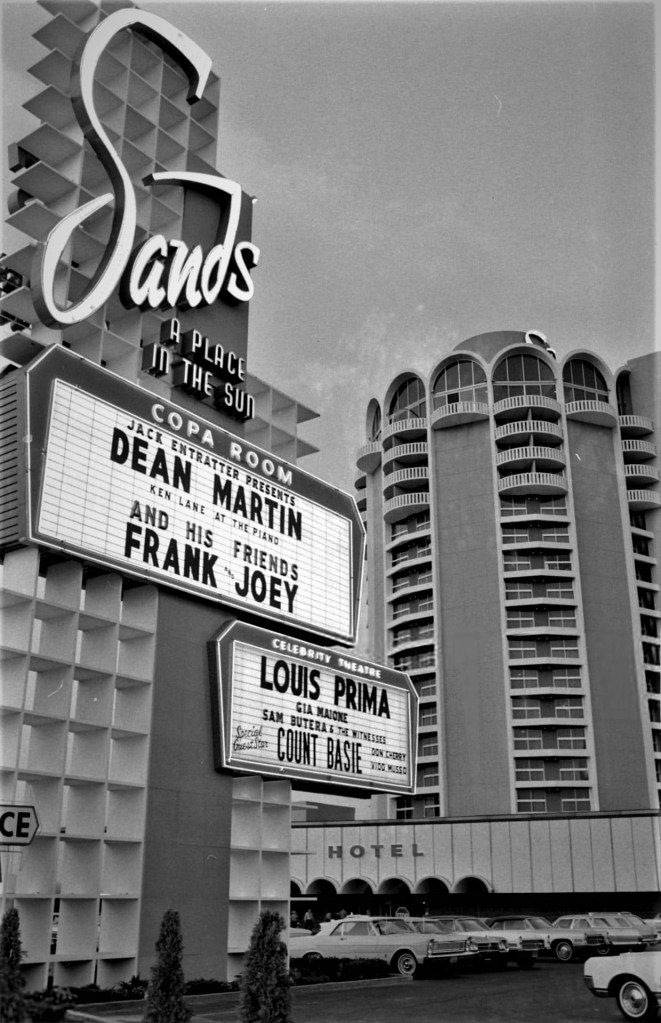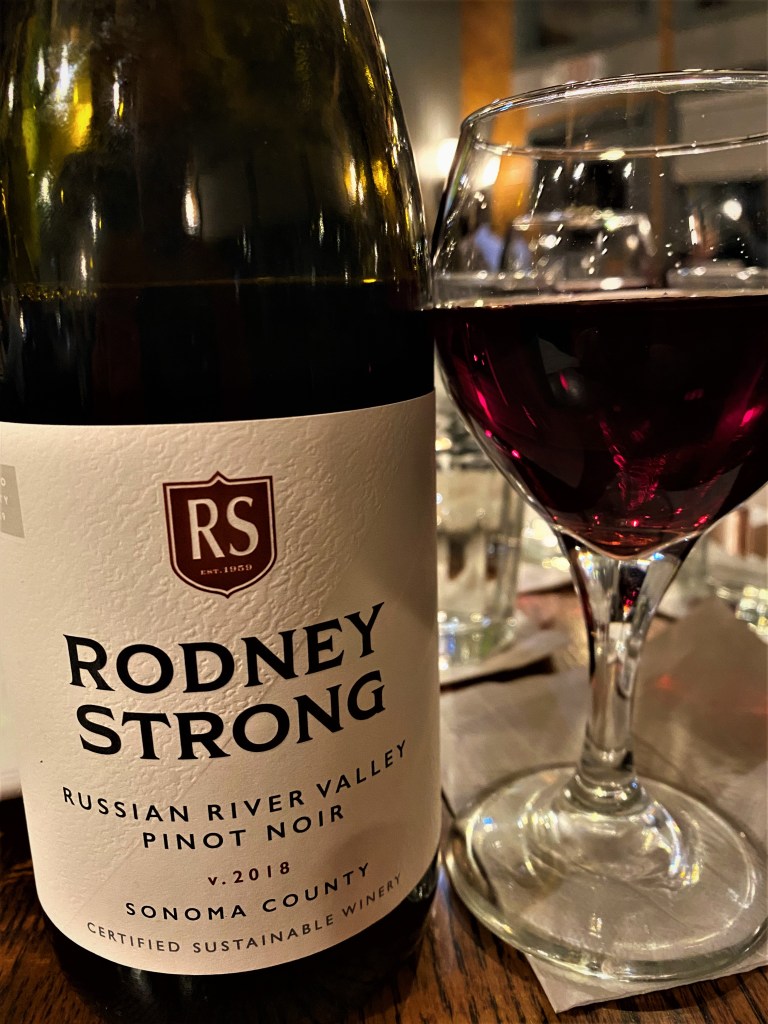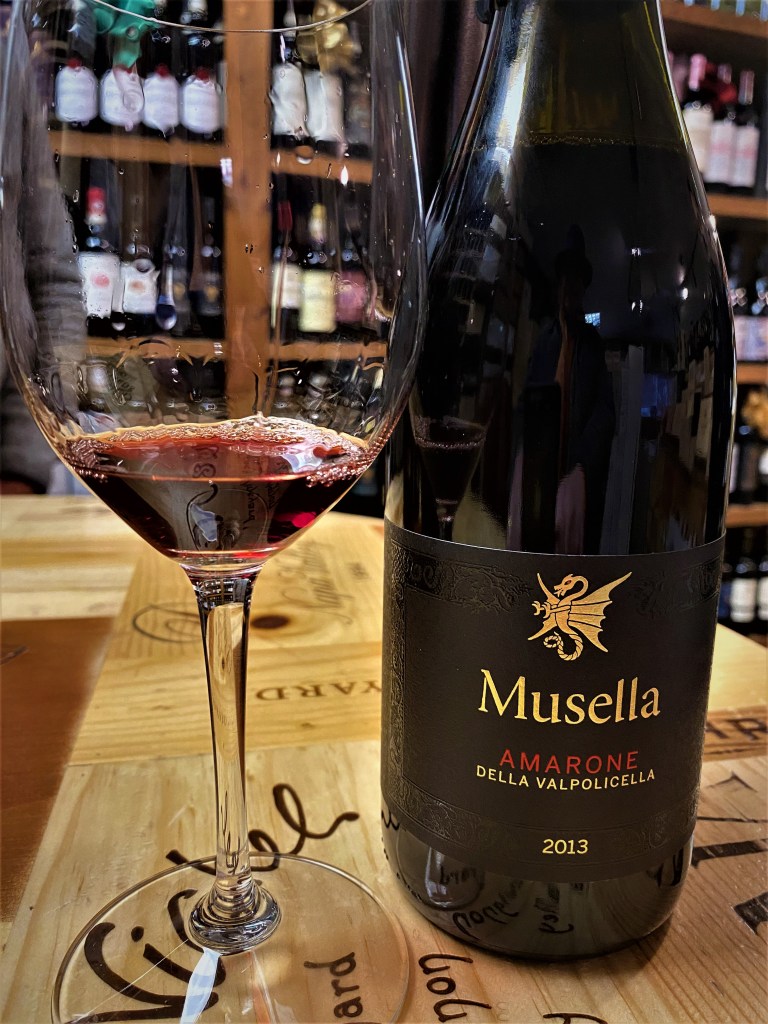If romance is in the air, it must be St, Valentine’s Day. Now, my Bride and I are not partial to going out, when the rest of the world is expected to be out for dinner. The restaurants and staff are overtaxed, and normally the food and the service suffer, because of it. It is not a great combination and especially if it is a night to honor romance. So, we normally celebrate early or after the holiday.

We went out to celebrate and most of the time, these days, we really enjoy a table in the bar area, as opposed to the dining area. My wife had a Caesar Salad, and they brought out a dish of sliced anchovies to add, if one was inclined, and they made soft croutons on the side as well. I had a nice bowl of a classic interpretation of Lobster Bisque with poached lobster and a dollop of Sherry. Of course, after the first course, my Bride always says that she is full. She had Chicken Milanese, a dish of crispy Romano encrusted Chicken with White Wine, Lemon, Caper Sauce and Asparagus. While I enjoyed Crab Cake Oscar, with Sauteed Asparagus, topped with Lump Crab and Sauce Bearnaise. We finished our meal with a New York Style Cheesecake with Amarena Cherries and a Chambord Cherry Glaze and French-Press Coffee.
Our waitress tried to tout me into selecting a two-hundred-dollar bottle of wine, but I passed, actually, for a restaurant, they were really low-balling the price compared to retail. It was a nice suggestion, but I don’t know about you, but I like to try different wines and different regions. She did ask me, if I needed the assistance of the Sommelier, but I passed. Since we were both going in the direction of a white wine for our meal, I thought something green and flinty, with a robust saline acidity (I realize that does not really sound enticing, it is hard to envision, but when you taste the pairing) it makes sense. I selected a bottle of Bodegas Agro de Bazan Granbazan Etiqueta Verde Albarino Rias Baixas DO 2020. The winery did not talk about themselves that much for history, but they claim to have a classic profile and essence of the Salnes Valley, on the banks of an estuary, with a strong Atlantic personality. This wine was from fruit harvested from thirty-five-year-old vines on soil with a high granite content. The fruit was destemmed, soft pressed and a cold maceration for six to eight hours in Stainless Steel. Then it was allowed to rest on the lees with no batonnage (stirring of the juice and lees), fermentation and then aging for three months, still in Stainless Steel. A pretty yellow wine with notes of citrus and green apples. On the palate, stone fruit and the acidity was invigorating, enticing you to have another taste, and the finish had a nice long count of terroir and a touch of salt (or saline). A great dinner and a great wine, and a wonderful way to start the Valentine’s Weekend.

